Wow. Just wow.
I didn’t think it would happen, or if it did, I was worried it would be a Hall of Fame award (for deceased members) rather than the Luff (for living members). I’d be lying if I said I 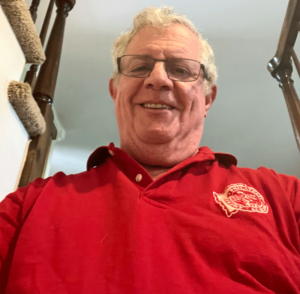 didn’t want this honor.
didn’t want this honor.
It’s not something you work for: You don’t say, “I want to get the Luff Award for Exceptional Contributions for Philately. What do I need to do?” I also have to admit that my motives were not always altruistic and selfless.
I don’t know if there were any accomplishments specifically that swayed the Luff Committee. I write because that’s what I do. It’s not “Cogito, ergo sum” so much as “Sum, ergo scribo” — I am, therefore I write. I was writing press releases in high school, about everything from band concerts to capacitors.
I think my first philatelic writing was publicity for the 1982 American First Day Cover Society convention. When the editor of Stamps magazine asked First Days editor Sol Koved for a FDC columnist, he recommended me.
I tried dealing in first day covers, starting with just my Dragon Cards and eventually neglecting Dragon Cards because I was so busy with the other stuff. After ten years, I 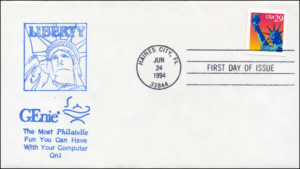 realized I wasn’t cut out to be a successful stamp dealer.Note 1
realized I wasn’t cut out to be a successful stamp dealer.Note 1
About that time, 1993, I became involved in the online community GEnieNote 2, mostly to get help and tips for my Apple IIe and IIgs computers. GEnie had a very strong Apple II community, as well as one for Science Fiction and Fantasy, another interest of mine. While on the dial-up system, I discovered it had a Stamp Collecting section in the “Hobby RoundTable.” I felt philately was being neglected and pitched GEnie for a stand-alone 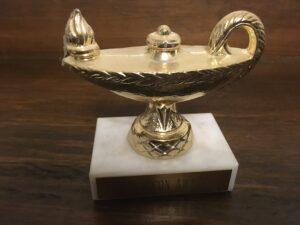 Stamp Collecting RoundTable, which I got.
Stamp Collecting RoundTable, which I got.
My fellow moderators gave me an award for promotion (shown on the right; above is the First Cachet promoting GEnie: I borrowed an Apple IIe computer for the AFDCS convention, paid to have a telephone line installed, and gave away free FDCs). I had been calling our community “The Virtual Stamp Club” and, as a publicity stunt, I applied to make VSC a chapter of the American Philatelic Society. Chapter #1461 was the first online chapter of any major philatelic organization. (CompuServe’s forum was Chapter #1466.) I still have the GEnie trophy on a shelf in my office (above).
At one point, we had “outposts” of The Virtual Stamp Club on six different online services at the same time. I would write one story and post it in six places. Eventually, only Delphi survived and continued.
Running for the APS board in 1997 was something of a publicity stunt, too. I don’t remember who suggested I run but I saw it as a way to make The Virtual Stamp Club better known. Once elected, though, I took being a Director seriously: I wore the APS lapel pin everywhere, philatelic and not, and read all the briefing books we were given, cover to 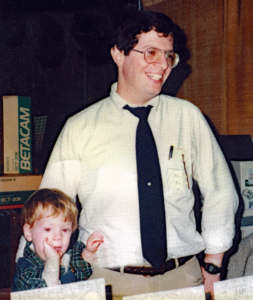 cover. (No pun intended.)
cover. (No pun intended.)
I doubt the Luff citation will include some of my philatelic failures: Being a dealer (that’s me and my 5-year-old assistant at EMPEX 1990 on the lef). The 2013 debacle where I tried to improve VSC’s resources by selling out to very big philatelic firm. (I didn’t realize which meaning of “selling out” was operative). The fact that neither of my sons collects stamps or covers (yet; hope springs eternal and now there are grandchildren).
I have many people to thank, and my next philatelic failure will be leaving some of them out. My wife Jane, who has tolerated the time spent on my philatelic pursuits. I mentioned above Sol Koved, a mentor; I still think of him and his columns when I write my AFDCS 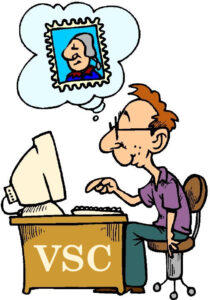 President’s columns. There are the volunteers, supporters and participants of The Virtual Stamp Club in its heyday. Leigh and Steve Ross, who convinced me the World Wide Web was worth a try and made it happen.
President’s columns. There are the volunteers, supporters and participants of The Virtual Stamp Club in its heyday. Leigh and Steve Ross, who convinced me the World Wide Web was worth a try and made it happen.
My editors at various philatelic publications, including the one who saved me from myself by calling up and saying, “We can’t print this!” The managers at CBS News, Radio who allowed and encouraged me to produce a weekly feature and “spot” reports on stamps.
My colleagues on the APS Board of Directors when I was first elected in 1997. I was one of five first-timers elected that year; the others were Janet Klug, Jeanette Adams, Ann Triggle and Wayne Youngblood. We all did email (not that common yet) and exchanged 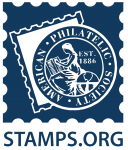 messages, calling ourselves “The Gang of Five.” We were amazed, maybe aghast, at the vitriol from some quarters after the Pacific 97 debacle.
messages, calling ourselves “The Gang of Five.” We were amazed, maybe aghast, at the vitriol from some quarters after the Pacific 97 debacle.
I also want to thank Peter McCann, then a vice president. The board had a meeting in State College to dal with the image problems of the APS. Now, Peter and I are about as different as can be: He has multiple doctorates, gold-medal exhibits and collects countries whose names I don’t even know. He and I were eating dinner and I confessed I didn’t feel qualified to be on the Board. “You’re as well-qualified as anyone and more so than many,” he replied. It helped quite a bit.
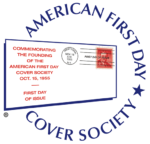 Most of my colleagues in the AFDCS leadership. They’ve let me bounce ideas off them and done much of the work as I’ve tried to transform the organization from an overgrown club into a leading international stamp society. Some of them drive me nuts at times, but I’m sure I return the favor. 😎
Most of my colleagues in the AFDCS leadership. They’ve let me bounce ideas off them and done much of the work as I’ve tried to transform the organization from an overgrown club into a leading international stamp society. Some of them drive me nuts at times, but I’m sure I return the favor. 😎
My parents, both of whom collected stamps and encouraged me as a child to do so. More than that, they taught me to volunteer when something needs to be done. My Cub Scout pack was going to fold because it didn’t have a committee chairman. My father rearranged his work schedule to attend the meetings, and began 25 years as a Scouter volunteer. In going through my mother’s things after she died, I discovered a newspaper clipping that said she was the president of The Torbank Community Nursery School that I attended. She also encouraged my writing and let me use one of her typewriters. (That was later, after nursery school.)
Notes:
1I’ve joked that I come from a long line of retail failures, which really isn’t fair to my father and grandfathers: Chain discount stores, Depression, Holocaust, respectively.
2 “GEnie” with two capital letters is correct; it stood for “General Electric” and used GE’s internal communications network during off-peak hours. “IIe” and IIgs” are correct, too.
 As I wrote recently in Linn’s, ya gotta be careful with Artificial Intelligence-generated images! I created this image using Microsoft Designer’s Image Creator. I had started to format it for a Dragon Card when I stopped and counted the candles: Four on the left, five on the right and presumably the “shamas” or leader candle used to light the others in the center, hidden by the window partition. In my description, I specified “Hanukkah menorah,” which would be eight plus one. (There are other menorahs, not for Hanukkah, with fewer candles. I’ve seen 4 and 6/7.)
As I wrote recently in Linn’s, ya gotta be careful with Artificial Intelligence-generated images! I created this image using Microsoft Designer’s Image Creator. I had started to format it for a Dragon Card when I stopped and counted the candles: Four on the left, five on the right and presumably the “shamas” or leader candle used to light the others in the center, hidden by the window partition. In my description, I specified “Hanukkah menorah,” which would be eight plus one. (There are other menorahs, not for Hanukkah, with fewer candles. I’ve seen 4 and 6/7.)
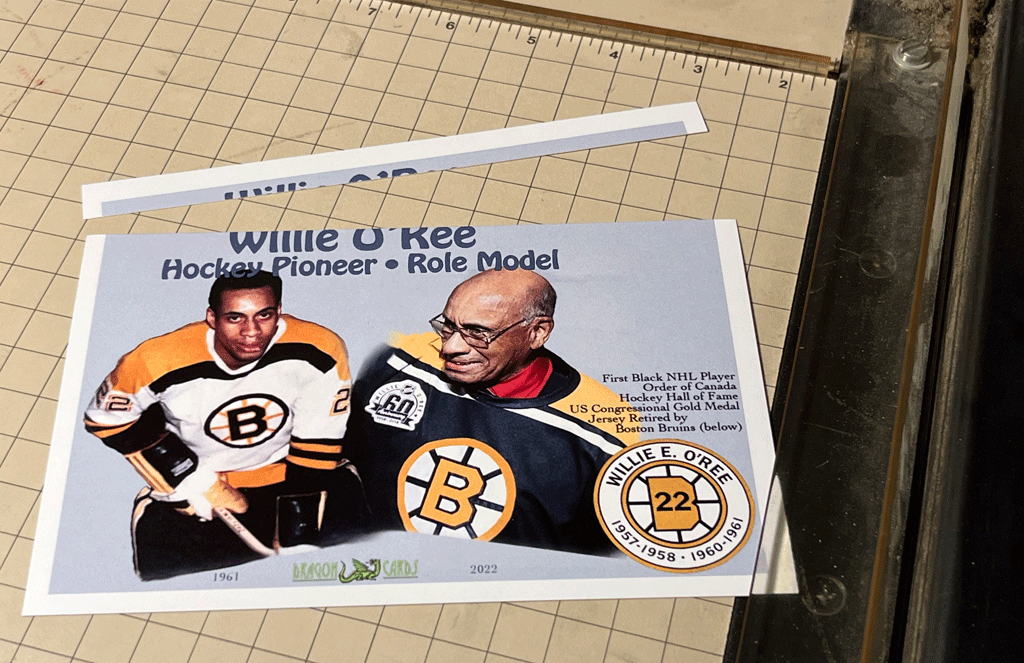
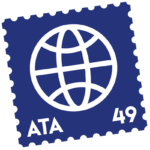
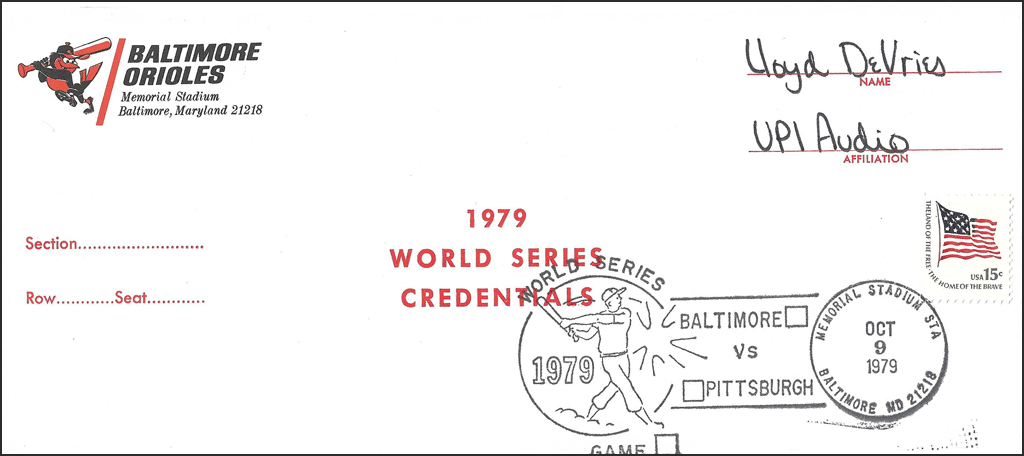
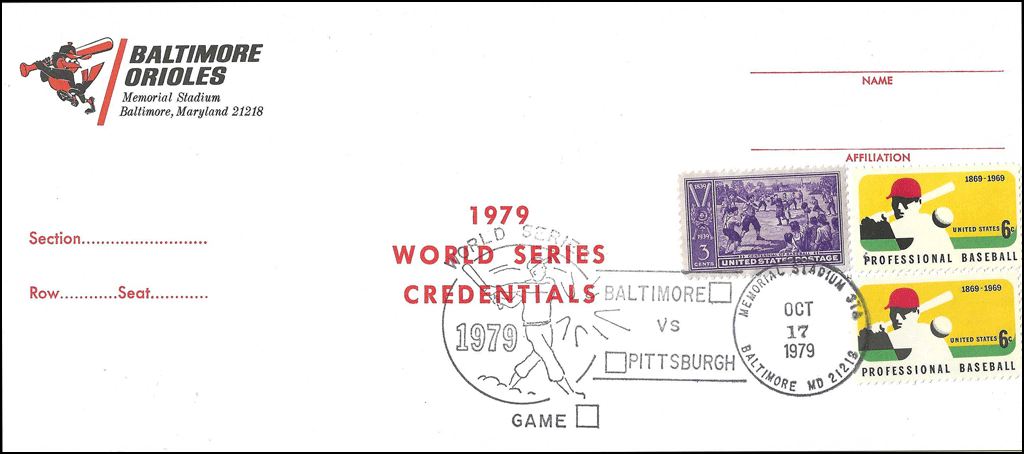
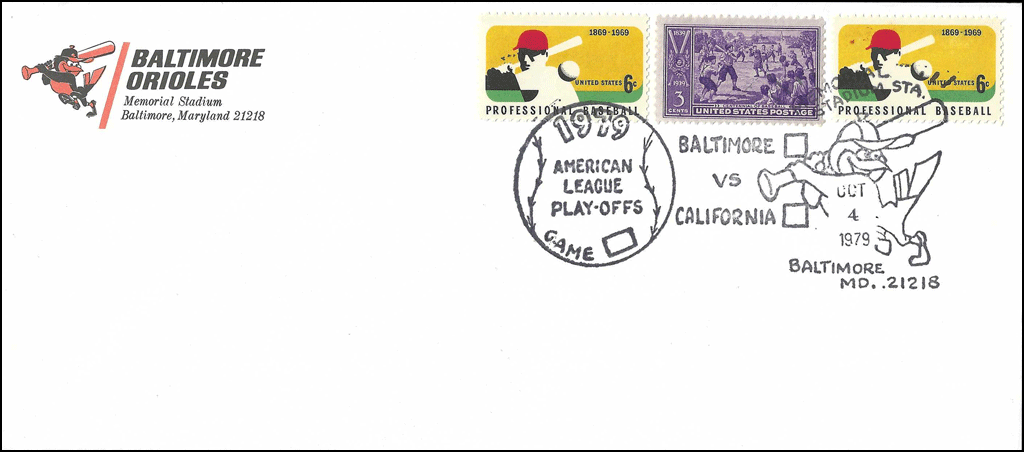


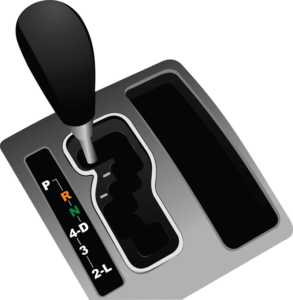
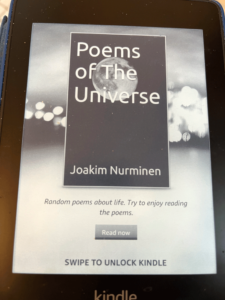
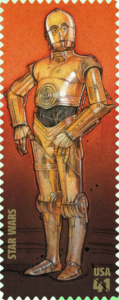
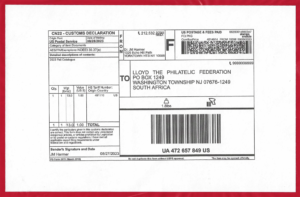







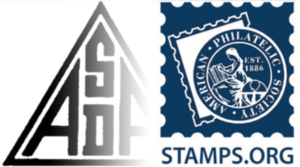
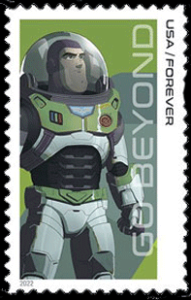
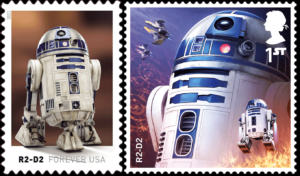

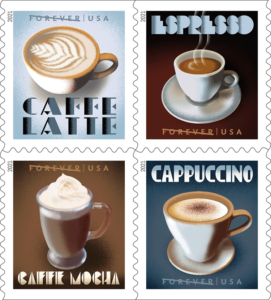 issuance.
issuance.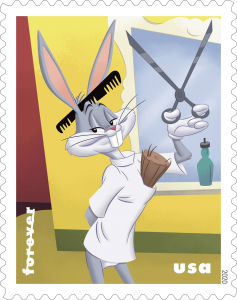 “extraordinary and enduring contributions to American society, history, culture or environment,” the USPS criteria also states “Events of historical significance shall be considered for commemoration on anniversaries in multiples of 50 years.” That was the reason given why the 75th anniversary of the end of World War II was not honored.
“extraordinary and enduring contributions to American society, history, culture or environment,” the USPS criteria also states “Events of historical significance shall be considered for commemoration on anniversaries in multiples of 50 years.” That was the reason given why the 75th anniversary of the end of World War II was not honored.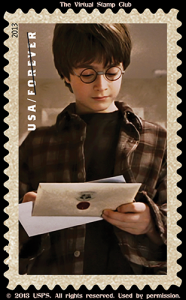 In 2013, the U.S. issued 20 Harry Potter stamps, but none for the 150th anniversary of one of the greatest speeches in American history, the Gettysburg Address. (To add insult to injury, the Potter stamps were issued on the Gettysburg Address anniversary date.) Don’t get me wrong: I love the Harry Potter stories, I read all the books when they first were published, saw all the movies, and I marvel at how it got schoolchildren to read books. But no Gettysburg Address stamp?
In 2013, the U.S. issued 20 Harry Potter stamps, but none for the 150th anniversary of one of the greatest speeches in American history, the Gettysburg Address. (To add insult to injury, the Potter stamps were issued on the Gettysburg Address anniversary date.) Don’t get me wrong: I love the Harry Potter stories, I read all the books when they first were published, saw all the movies, and I marvel at how it got schoolchildren to read books. But no Gettysburg Address stamp?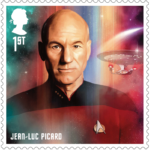 working full-time on reasons to issue new Harry Potter, Star Wars or Star Trek stamps. Part of the justification for honoring the
working full-time on reasons to issue new Harry Potter, Star Wars or Star Trek stamps. Part of the justification for honoring the 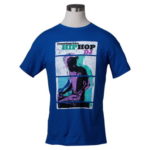 make money from related products, like coffee mugs, sweatshirts and framed prints.
make money from related products, like coffee mugs, sweatshirts and framed prints.

